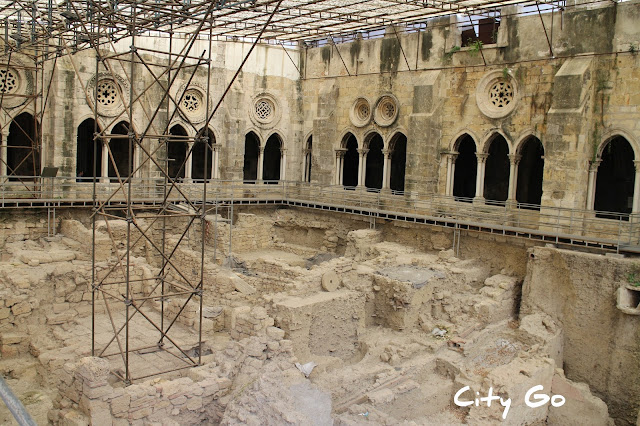Braga, Portugal
Evidence of human presence in the region dates back to the Neolithic period. During the Iron Age, with the expansion of the "castro" culture and the Bracari, a Celtic tribe, a series of "castros" (fortified settlements) were built.
Bracara Augusta, the Roman city, was likely built on top of a major "castro", destroyed due to the wars between the Bracari and the Roman army. The city was named both after the Celtic tribe and the emperor, to whom it was dedicated. During the Roman period, several public buildings were constructed, namely the theatre, the baths, and temples.
In the 3rd century, when the province of Gaellecia was created, Bracara Augusta became its capital and by 385 it already had a bishopric and an important role in the Christianization of the Iberian Peninsula.
With the fall of the western Roman empire, Bracara becomes the capital of the Suebi Kingdom and is later dominated by the Goths.
From 715 the city is conquered and dominated by the Muslims, a period of transition and decline. The Muslim forces were repelled in 868, by the King of Leon, Alfonso III and the city was definitely secured in 1040. The bishopric was restored in 1070 and a Cathedral started being built. In the 12th century, the bishopric was promoted to an archbishopric, with power over a large area in Iberia.
Braga didn't benefit much from the Age of Discoveries but in the 18th century a rejuvenation occurred, promoted by the archbishops of the House of Braganza (related to the royal family).
With the Napoleonic invasions, the city once again declined but the second half of the 19th century was a prosperous period, fueled by the money brought in by the emigrants in Brazil.
How to go: Trains from Lisbon: alfa train costs €32.80 (one way) and takes about 3h15m (fastest and most expensive option). Train from Oporto: urban (U) trains cost €3.15 (one way) and take between 50m and 1h06m; alfa (AP) trains take 39m and cost €14.20 (one way). More information here.
Fountain of the Idol
Museum Pio XII
Raio Palace
Roman Thermae of Maximinus
Saint Barbara Garden
Tibaes Monastery











Comments
Post a Comment